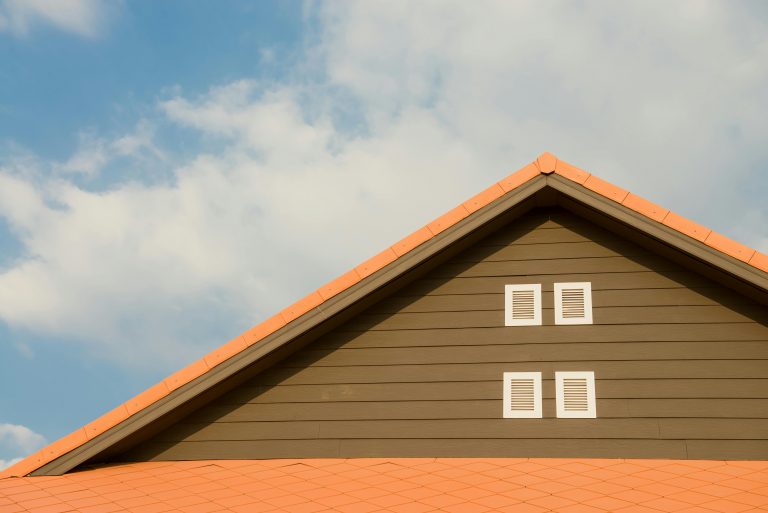

Keeping your tile floors sparkling makes your entire house look cleaner. If you have ceramic tile, which is non-absorbent, it’s pretty straight forward. Ceramic tile cleaning just involves sweeping and mopping on a regular basis, and perhaps bringing in a pro to do a deep grout cleaning once a year, or less.
While natural stone tiles like marble, limestone, and travertine has an elegant look and feel that beats the best man-made tile any day, caring for and maintaining natural tile requires a little more effort. Travertine, for example, is in the limestone family but is sometimes called “travertine marble” because it has characteristics of both.
Although travertine is less expensive than its natural counterparts, it’s certainly not less durable. The Roman Colosseum is made of travertine, and it has certainly stood the test of time! As long as you care for it, your travertine tile will last a lifetime. Here are some essential tips for travertine restoration and upkeep:
- Test and seal your travertine. Whether you’re laying a new travertine floor, or inherited a travertine floor in a home you purchased, you should have the porosity of the tile tested so you can apply an appropriate sealant. The intensity of the sealer depends on what room it is in, how much traffic and wear and tear it gets.
It is possible to get by without sealing your travertine tile, but the porous nature of travertine will make it funky after a few years, requiring the top to be sanded off and buff. Complete travertine restoration is significantly more work than just applying a good sealer ahead of time. - Clean spills up, pronto. Even if it’s sealed, travertine is a sponge that slowly absorbs spills. Particularly if your spill has an acidic nature, such as tomato sauce or carbonated beverages, the natural stone will degrade if it is left. Even with a sealer, the best thing you can do for your tile is to clean your floors as soon a spill occurs, with a cleaning product that is specifically designated for natural stone.
- Keep up with routine cleaning. You should use a dust mop to clean your floors on a daily basis, and mop with warm water and a natural stone cleaning product. Many flooring specialists advise against using a vacuum as it can lead to cracks and chips in the natural tile.
- Work on stubborn stains. If you have a stain that won’t come up with normal mopping, try applying a paste made by combining a natural stone cleaner with baking soda. Leave the paste on the stain overnight, the baking soda will draw the stain to the cleaning agent, which will clean the floor.
- Call a professional when nothing else works. When you’ve tried natural stone cleaning products to no avail, including the deep cleaning paste mentioned above, a flooring professional will be able to make your floors beautiful with travertine restoration tactics. If the stain is minor, the deep cleaning might be relatively simple and inexpensive. If you’ve acquired a home that has travertine floors in poor shape, your flooring expert will be able to bring them back to their former glory with a complete travertine restoration.
Do you have any cleaning and maintenance tips for travertine tile that we didn’t mention? We would love to hear them in the comment section below. More on this topic.






